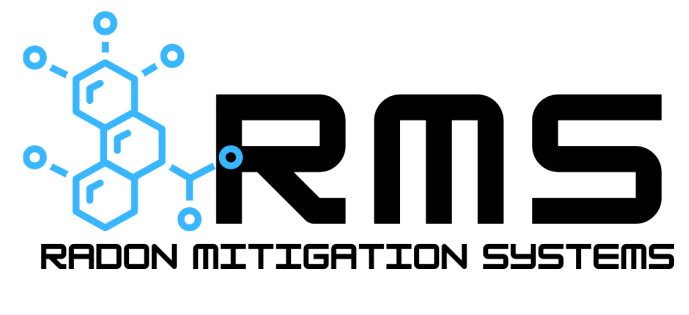Radon Mitigation
made easy
952.222.0733
You’ve got Options.
Radon Mitigation Systems don’t have to be ugly! We will work closely with you to ensure a aesthetically pleasing location for installation. Choose from a variety of colors when using our popular aluminum gutter exhaust system.
Aluminum Gutter
We offer 4 popular colors to choose from. We can also special order to match existing gutters.
Fan Covers
Durable, paintable ABS plastic. Adding a cover to your fan reduces noise and protects your system from harmful UV rays
PVC Pipe Exhaust
PVC comes in white or can be painted to match your homes exterior.
Low Profile Fans
These exterior-mounted fans feature a sleek, neutral-colored housing that is less contrasting to the appearance of many homes' exteriors.
How Much?
For a typical single-family home in the Minnesota region, the cost of a radon mitigation system generally ranges from $1,200 to $2,500. However, this estimate may vary—potentially higher or lower—depending on factors such as the home’s construction, soil composition, and regional radon levels. A detailed evaluation of your home is essential to provide an accurate quote.
Why us?
Don’t let just anyone make alterations to your home. Our two lead installers have a combined 20+ years experience in residential construction and remodeling. All of our installers are also NRPP certified and licensed with the State of Minnesota. We are a small, family owned company dedicated to providing the best possible experience to our customers.





